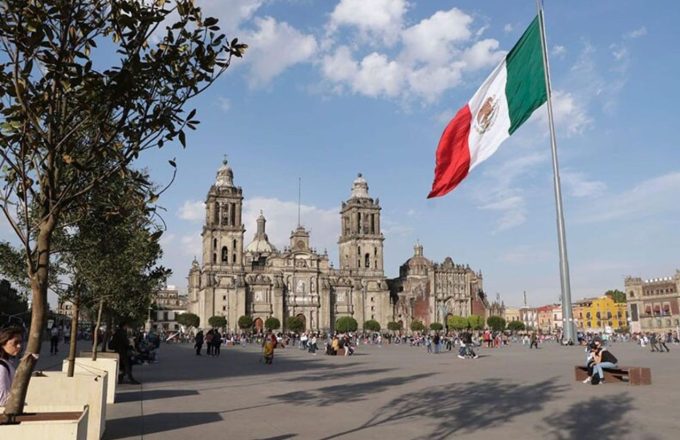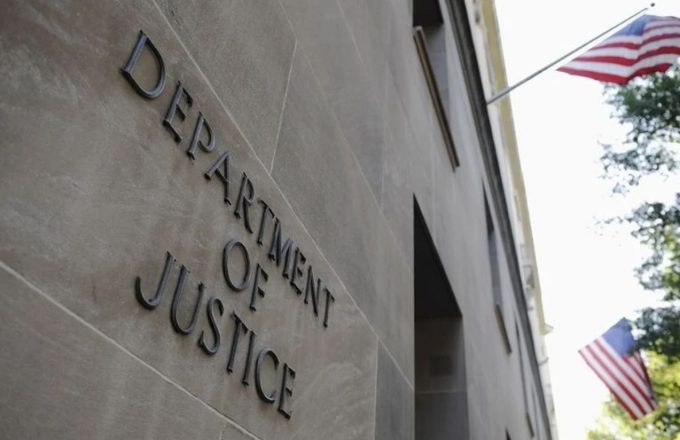Argentina’s Supreme Court has revealed the discovery of several boxes containing Nazi-related documents, which had been stored for more than eight decades in the court’s archives. The find was made by chance during the transfer of materials for the future creation of a judicial museum.
According to an official statement, the opening of one of the boxes revealed material aimed at “consolidating and spreading Adolf Hitler’s ideology in Argentina.” As a result, the court’s president, Horacio Rosatti, ordered a full review of the contents.
The formal opening of the boxes was led by Rosatti, alongside judicial officials and representatives of Argentina’s Jewish community, including AMIA’s Chief Rabbi, Eliahu Hamra; the executive director of the Buenos Aires Holocaust Museum, Jonathan Karszenbaum; and museum researcher Marcia Ras.
Like many documents linked to unresolved court cases, these boxes had been left forgotten in a basement of the Supreme Court building in downtown Buenos Aires. Their discovery came during the relocation of files for the planned museum.
Among the materials found were Nazi party membership booklets and union documents, although much of the content still needs to be reviewed. An inventory and digitization process is now underway to determine whether the documents hold key information about the Holocaust and potentially shed new light on unknown aspects, such as the global flow of Nazi funds.
According to the Court, the boxes date back to June 20, 1941, when 83 packages arrived in Argentina aboard the Japanese vessel Nan-a-Maru, sent by the German Embassy in Tokyo. The German diplomats declared the contents as personal effects, but Argentina’s Customs and Ports Division halted their entry and alerted Foreign Minister Enrique Ruiz Guiñazú due to the suspicious volume and nature of the shipment, which could have compromised Argentina’s neutrality in the war.
The Special Commission for the Investigation of Anti-Argentine Activities, a congressional body active between 1941 and 1943, promptly intervened. On August 8 of that year, customs, foreign ministry, and commission officials opened five random boxes and found postcards, photographs, and Nazi propaganda, along with thousands of membership booklets belonging to the National Socialist German Workers’ Party abroad and the German Labor Unions Association.
On September 13, 1941, the judiciary ordered the seizure of the shipment. Since the case involved a foreign nation, custody of the documents fell under the jurisdiction of the Supreme Court.
Argentina remained neutral during most of World War II, only severing ties with the Axis powers in 1944 and declaring war on Germany and Japan in 1945, near the end of the conflict.
Between 1933 and 1954, an estimated 40,000 Jews fled Nazi persecution in Europe and found refuge in Argentina, making it home to the largest Jewish population in Latin America. However, after the war, Argentina also became a haven for several Nazi officials, including Adolf Eichmann—one of the Holocaust’s chief architects. Eichmann was captured by Israel’s intelligence agency Mossad in Buenos Aires in 1960. He was taken to Jerusalem, tried, found guilty of numerous crimes, and executed in 1962.
Decades later, Argentina’s Jewish community was targeted in the country’s two deadliest terrorist attacks: the 1992 bombing of the Israeli Embassy and the 1994 bombing of the AMIA Jewish center. Both attacks, which left over 100 people dead, remain unsolved.




















